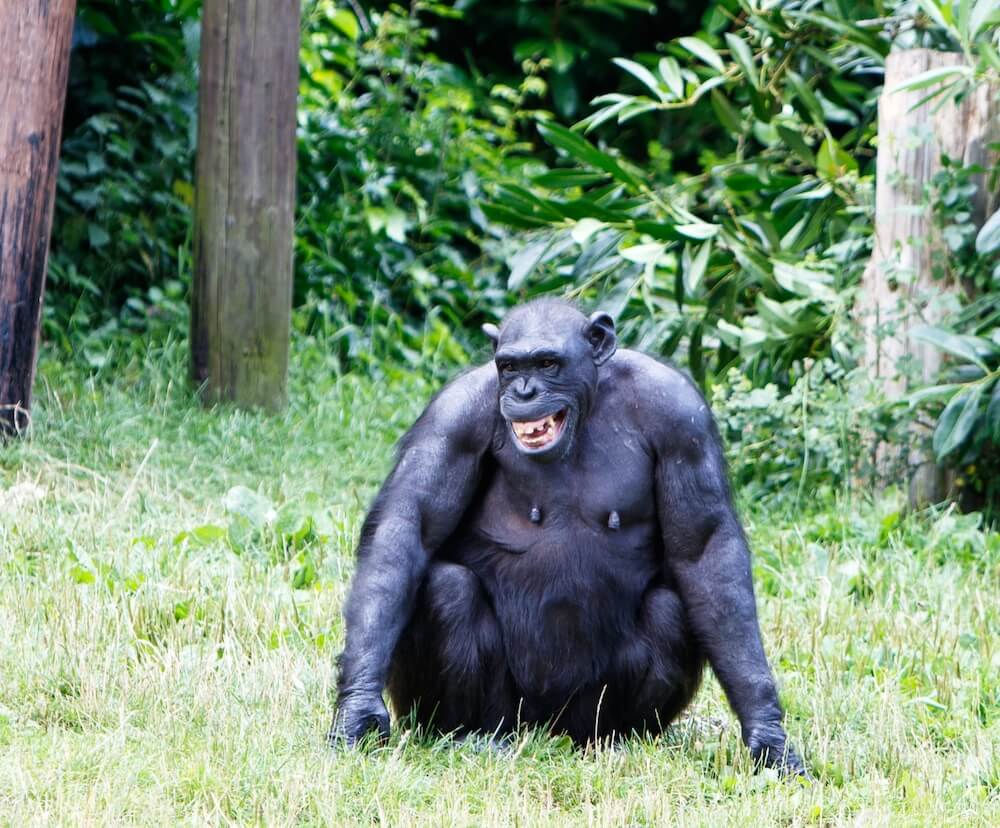Not all grins are created equal: why do we smile?
At first glance, a smile is a straightforward thing; we always read it as a sign of particular emotion. Or do we? As it turns out, human smiles are incredibly complex.

When did we start smiling?
Human faces can show a wide variety of emotions, and smiling is perhaps the most prominent. This facial expression also sets us apart: animals rarely show their enjoyment by baring their teeth. Some species grin to show aggression or submission, but this is far from the human smile.

It has long been thought that even our closest relatives, the chimpanzees, couldn’t smile as we do. Although apes widely use facial expressions to communicate, they mainly show joy and happiness through their voice.
However, a recent 2015 study refuted this theory: turns out, chimpanzees have a far greater array of expressions than we thought and can smile soundlessly. To prove this, the researchers at the University of Portsmouth used a scientific tool that was a big hit in the scientific community a while ago: the Facial Action Coding System (FACS); they modified it to reflect the facial motions of the chimpanzees.
We will get to the human-centric FACS, created by Paul Ekman in the 1970s, very soon. But let’s finish with the apes first. This discovery suggests that the happy smile could belong to the common ancestor of humans and chimpanzees: which means smiling as we know it is at least 5 million years old! This date of smile’s origin can shift even further as we study other primates. For example, Barbary macaques (with whom we had a common ancestor about 30 million years ago) could be showing similar emotions, according to a recent study.
So, if we share this propensity for smiling with other species, does it mean that it is universal for all people? Let’s explore how smiles could be different across and within cultures.
Does everyone smile the same?
Scientists continue to debate as to what extent smiles are the same among all humans. Facial expressions in humans undoubtedly share a common nature; however, we are still unsure about the role of societies and cultures.
Charles Darwin was among the early contributors to this debate: in 1872 (13 years after the famous Origin of Species), he published The Expression of the Emotions in Man and Animals. This book was one of the first empirical studies: Darwin assumed that human facial expressions are universal and evolved from animal emotional reactions.
